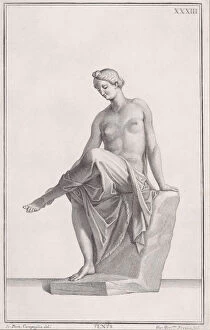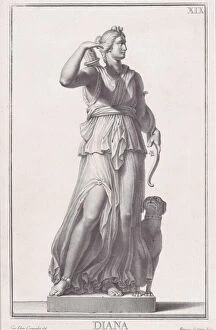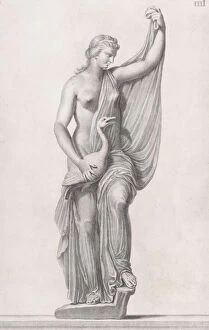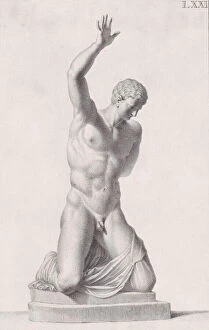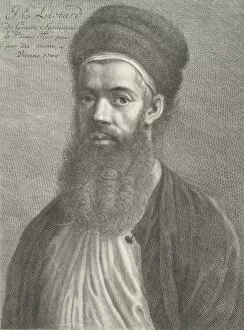Giovanni Domenico Campiglia Collection
Giovanni Domenico Campiglia, a renowned Italian sculptor of the 18th century, left an indelible mark on the art world with his exquisite creations
For sale as Licensed Images
Choose your image, Select your licence and Download the media
Giovanni Domenico Campiglia, a renowned Italian sculptor of the 18th century, left an indelible mark on the art world with his exquisite creations. His talent and craftsmanship are evident in every piece he crafted. One of his notable works is the magnificent Statue of Hercules, created in 1734 by Marc Antonio Corsi. This powerful depiction showcases Campiglia's ability to capture strength and heroism through stone. Another masterpiece attributed to him is the Statue of Apollo, skillfully sculpted by Giovanni Battista Jacoboni. The statue exudes grace and beauty, reflecting Campiglia's mastery in portraying divine figures. Campiglia's expertise extended beyond gods and heroes as seen in the delicate Statue of Venus, crafted by Giovanni Girolamo Frezza. This sculpture radiates elegance and sensuality, showcasing Campiglia's versatility as an artist. In addition to these mythological figures, Campiglia also contributed to "Museum Florentinum, " a collection that immortalizes various subjects from classical mythology. Plate XIX presents Diana gracefully poised with her bow while Plate IIII depicts Leda entwined with a swan - both pieces demonstrating Campiglia's attention to detail and storytelling abilities. Plate XVII introduces us to A Muse captured in marble form – her ethereal beauty inspiring creativity for generations to come. Meanwhile, Plate LXXV portrays a Male Athlete frozen mid-action; his muscular physique testament to Campiglia's ability to convey movement through stone. Campiglia further explores mythology with Mercury showcased in Plate XXXVIII - his winged sandals ready for swift flight. In contrast, Narcissus captivates viewers' attention on Plate LXXI as he gazes at his own reflection - a poignant reminder of vanity's consequences. The god Mars takes center stage on Plate XXXVII; fierce determination etched into every muscle fiber underlining Mars' role as the god of war. Campiglia's attention to detail is evident once again.



